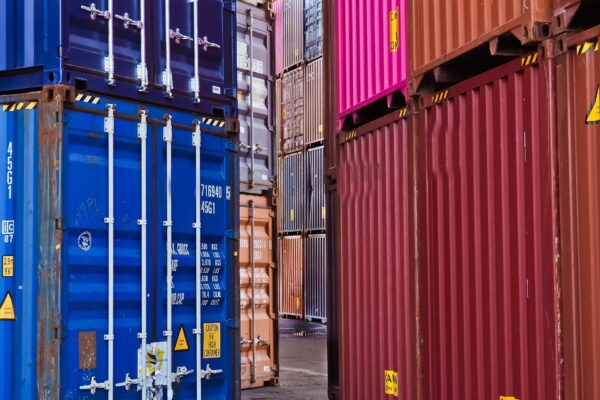The Netherlands is among the first EU Member States to introduce a real-time declaration process to replace periodic reporting in line with the legal requirements of the Union Customs Code (UCC) to be completed across the EU by 2025. The Netherlands was also one of the first countries with which C4T connected for the purposes of automatic declaration filing.
In anticipation of the imposition of a uniform data model for all EU states, C4T has built its own centralised, collaborative system, CAS on the same model of customs codes. Accordingly CAS is compatible with not only the new Dutch DMS (Douane-aangiften Management System) but with all the new automated customs clearance systems being developed in each EU state.
“The EU’s Union Customs Code came into effect in 2016 and is intended to result in a fully automated customs union by 2025,” outlines C4T’s Product Marketing Manager Sam Blakeman. “Each state will retain its own customs control and declaration system, but existing electronic procedures are having to be replaced in order for a more harmonised, and hopefully frictionless, freight transport environment to be achieved across the EU.”
The Dutch government has always been committed to as simplified a customs regime as possible in order to encourage the logistics industry to develop further in its ports’ hinterlands. Consequently it is leading the way in developing DMS with a phased introduction of various elements which started in October last year. A second phase was completed earlier this year and the final step comes in October.
“Our CAS system is integrated with Portbase which facilitates the CVB message and automates the pre-notification and presentation notification processes — each vital in ensuring the free-flow of import cargo through Dutch customs from October 4th onwards,” explains Blakeman. Further elements of DMS will be brought into play through 2023 with the completion of full implementation scheduled for June.
Pieter Haesaert is Founder and President of C4T. He is enthusiastic about the procedural changes to the customs union and what C4T can offer. “True frictionless trade within the EU’s twenty-seven states is a tall order. The current UCC initiative will go a long way to achieving it. Apart from the willingness to invest and to commit to systems change by governments, we need a heightening of importer/exporter awareness and an effective ‘one-stop’ platform to help them on their way. At C4T we intend to help with both the last two imperatives.”
Established in 2008, Haesaert built the CAS platform from the ground up, employing the more flexible IT technologies available over the last ten years such as real-time data processing and native cloud solutions. He describes the resulting software represented by CAS as a “Late-comer to the party.” He continues, “Of course, the advantage is that it is easier for us to incorporate the data model on which the UCC initiative is built than it is for customs software providers with legacy systems that arrived earlier. So, we’ll be inviting many more involved in EU trade to the dance and aiming to lead them to customs harmony.”
To read more news and exclusive features see our latest issue here
Never miss a story… Follow us on:
![]() International Trade Magazine
International Trade Magazine
![]() @itm_magazine
@itm_magazine
![]() @intrademagazine
@intrademagazine
Media Contact
Anna Wood
Editor, International Trade Magazine
Tel: +44 (0) 1622 823 922
Email: editor@intrademagazine.com








